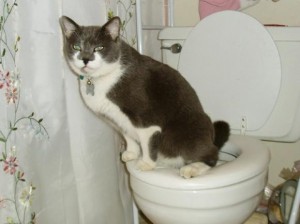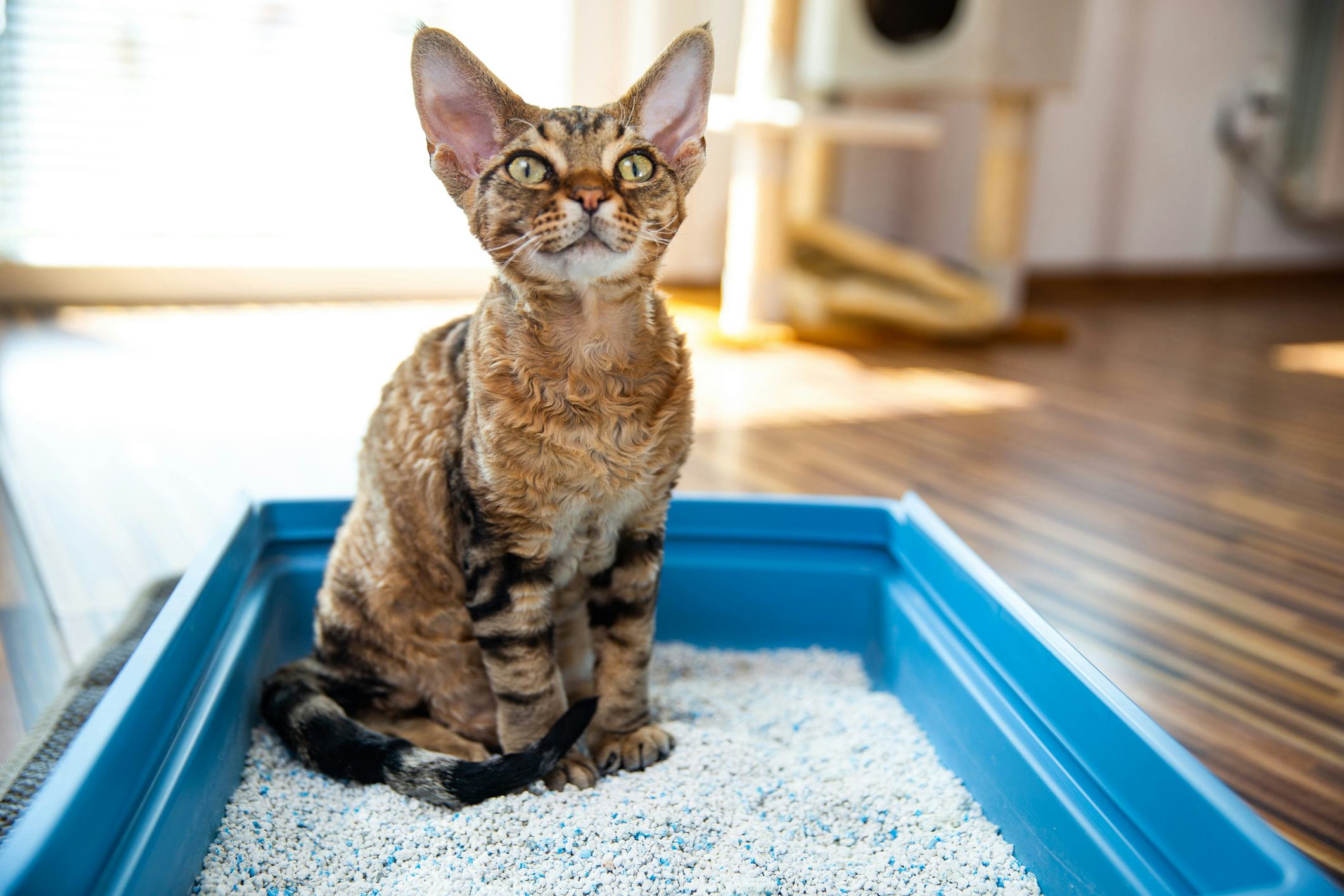Important Factors Regarding Flushing Animal Waste Down the Toilet
Click HereNearly everybody is bound to have his or her own assumption with regards to Should you flush animal waste down the toilet.

When it concerns getting rid of waste, particularly animal waste, lots of people typically turn to the practical choice of flushing it down the bathroom. Nevertheless, this seemingly easy remedy can have serious consequences for the environment and public health. In this post, we'll explore why flushing pet waste down the toilet is a poor concept and give different approaches for correct disposal.
Intro
Correct garbage disposal is essential for keeping ecological sustainability and public health. While it might seem harmless to purge animal waste down the toilet, it can bring about numerous problems, both for the environment and human health.
Risks of flushing pet waste
Environmental impact
Purging animal waste presents harmful microorganisms and pathogens right into waterways, which can adversely influence water ecosystems. These microorganisms can contaminate water resources and damage aquatic life, disrupting fragile ecosystems.
Public health worries
Pet waste has hazardous microorganisms such as E. coli and Salmonella, which can pose major health and wellness risks to humans. Purging pet waste down the bathroom can pollute water materials, resulting in the spread of diseases and infections.
Alternatives to flushing
Instead of purging pet waste down the toilet, there are a number of different disposal methods that are much more environmentally friendly and sanitary.
Composting
Composting animal waste is an environment-friendly way to dispose of it. By composting, raw material is broken down into nutrient-rich dirt, which can be made use of to fertilize gardens and plants.
Garbage dump disposal
Throwing away animal waste in a garbage dump is an additional alternative. While not as environmentally friendly as composting, it is a much safer choice to flushing, as it avoids the contamination of water resources.
Pet dog waste disposal systems
There are specialized pet dog waste disposal systems available that safely and hygienically throw away pet waste. These systems typically make use of enzymes to break down waste and eliminate odors.
Steps to appropriate pet garbage disposal
To make sure proper disposal of animal waste, adhere to these actions:
Scooping and bagging waste
Consistently scoop and bag animal waste utilizing eco-friendly bags. This stops waste from contaminating the setting.
Utilizing assigned waste containers
Dispose of bagged animal waste in marked waste bins, such as garden compost bins or landfill bins. Prevent flushing it down the bathroom in any way costs.
Cleaning can and animal locations on a regular basis
On a regular basis tidy can and pet areas to prevent the buildup of waste and bacteria. Use pet-safe cleaning products to keep health.
Benefits of proper disposal methods
Taking on correct disposal techniques for animal waste offers several advantages:
Minimized environmental pollution
Appropriate disposal methods decrease the risk of environmental pollution, protecting rivers and environments from contamination
Minimized risk of water contamination.
By preventing flushing pet waste down the toilet, the risk of water contamination is significantly decreased, safeguarding public health.
Enhanced cleanliness and hygiene
Proper disposal techniques advertise better cleanliness and health, producing a more secure environment for both humans and animals.
Conclusion
Finally, purging animal waste down the toilet is damaging to website the atmosphere and public health. By adopting different disposal approaches and complying with proper waste monitoring methods, we can reduce the adverse effect of animal waste and add to a cleaner, healthier earth.
What To Do With Dog Poo – The Do's And Don'ts Of Disposing Of Faeces
Dog poo bins
Some councils provide dedicated dog waste bins in popular dog-walking areas that can take dog poo that has been bagged but you can legally dispose of dog waste in any public litter bin, as long as it is securely bagged. This also applies to your wheelie bin at home.
Do not flush
Water companies do not recommend flushing dog faeces down the toilet because certain parasites can survive the water processing treatment and are potentially harmful to humans. You should also never consider flushing dog poo that has been bagged down the toilet as the bags will not break down and instead create severe blockages in the sewage system.
In the woods
The Forestry Commission promotes a ‘stick and flick’ method for dealing with waste in the woods. This means finding a stick and using it to flick any poo from off the path so that it is out of the way of other walkers. You could also bury it as long as it is not in an area where there might be livestock.
Livestock
Parasites found in dog poo can be transmitted to livestock if they inadvertently eat infected faeces that has been left on grazing land. This could result in the death of sheep or abortion in cattle so you should always make sure you pick up your dog’s waste in fields where livestock could be present.

On a regular basis tidy can and pet areas to prevent the buildup of waste and bacteria. Use pet-safe cleaning products to keep health.
Benefits of proper disposal methods
Taking on correct disposal techniques for animal waste offers several advantages:
Minimized environmental pollution
Appropriate disposal methods decrease the risk of environmental pollution, protecting rivers and environments from contamination
Minimized risk of water contamination.
By preventing flushing pet waste down the toilet, the risk of water contamination is significantly decreased, safeguarding public health.
Enhanced cleanliness and hygiene
Proper disposal techniques advertise better cleanliness and health, producing a more secure environment for both humans and animals.
Conclusion
Finally, purging animal waste down the toilet is damaging to website the atmosphere and public health. By adopting different disposal approaches and complying with proper waste monitoring methods, we can reduce the adverse effect of animal waste and add to a cleaner, healthier earth.
What To Do With Dog Poo – The Do's And Don'ts Of Disposing Of Faeces
Dog poo bins
Some councils provide dedicated dog waste bins in popular dog-walking areas that can take dog poo that has been bagged but you can legally dispose of dog waste in any public litter bin, as long as it is securely bagged. This also applies to your wheelie bin at home.
Do not flush
Water companies do not recommend flushing dog faeces down the toilet because certain parasites can survive the water processing treatment and are potentially harmful to humans. You should also never consider flushing dog poo that has been bagged down the toilet as the bags will not break down and instead create severe blockages in the sewage system.
In the woods
The Forestry Commission promotes a ‘stick and flick’ method for dealing with waste in the woods. This means finding a stick and using it to flick any poo from off the path so that it is out of the way of other walkers. You could also bury it as long as it is not in an area where there might be livestock.
Livestock
Parasites found in dog poo can be transmitted to livestock if they inadvertently eat infected faeces that has been left on grazing land. This could result in the death of sheep or abortion in cattle so you should always make sure you pick up your dog’s waste in fields where livestock could be present.

I hope you enjoyed our post on 4 Reasons Why Dog Poop Cleanup is Important. Thanks a lot for taking a few minutes to read through our piece of content. Appreciated our article? Please share it. Help another person find it. Thank you for your time spent reading it.
Contact Us Today